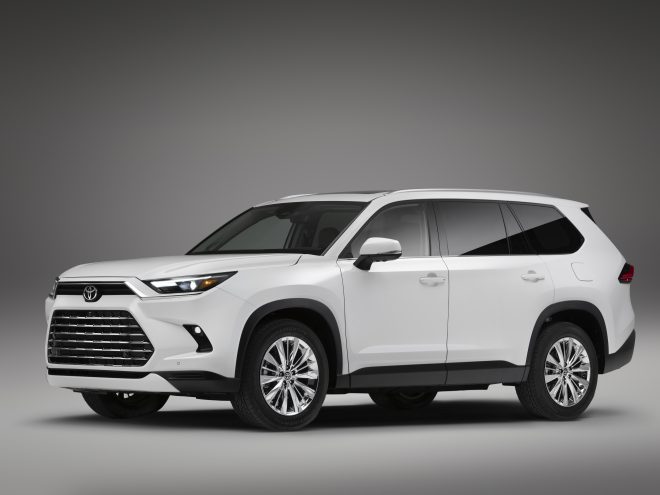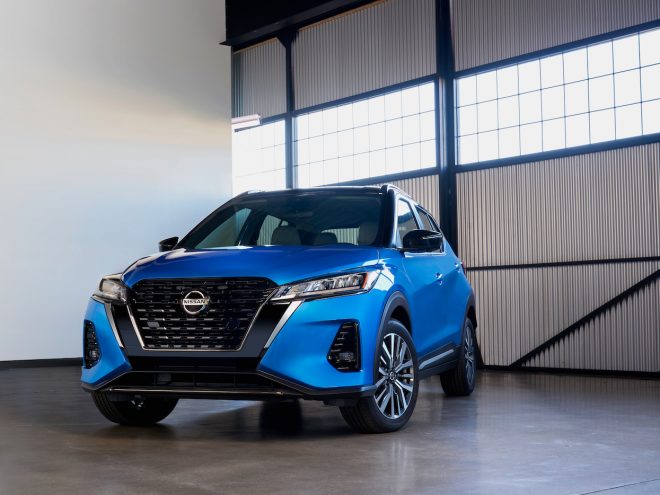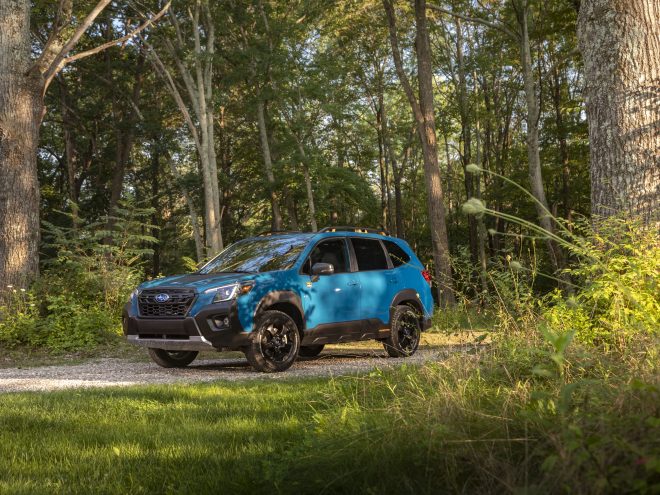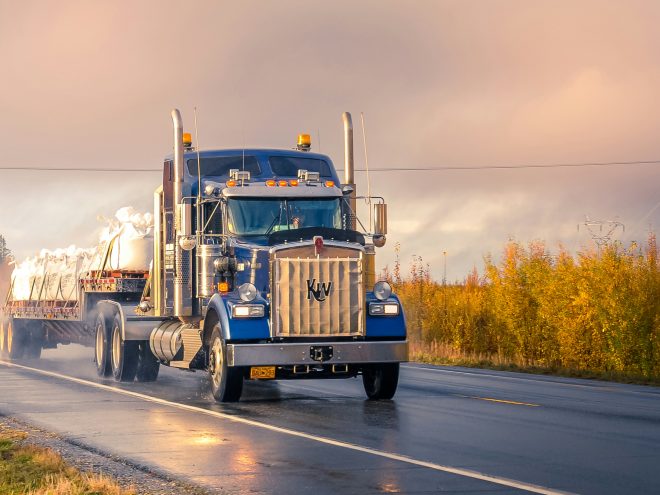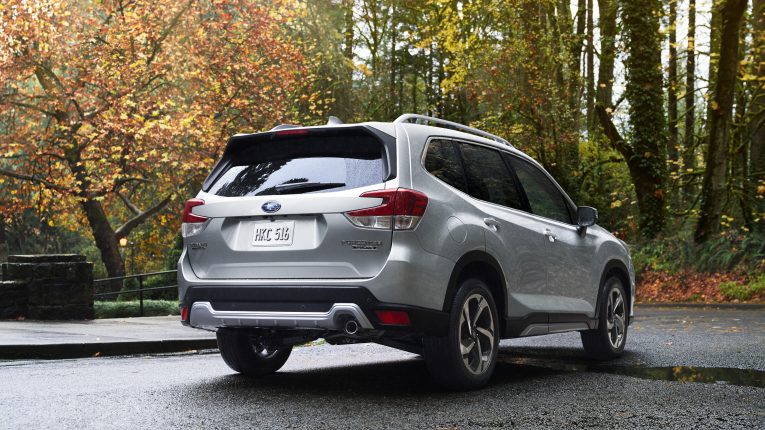
Buying Guide: 3 Crucial Things to Know About Off-road Tires
Any vehicle needs higher traction and a stronger grip while driving on irregular surfaces and terrains. They require tires that can generate traction between the road and vehicle for propulsion. While standard highway tires are designed to perform on highways and normal roads, they do not perform well when used for rigid and rough terrains. This is where the best off-road tires play a role.
What are off-road tires?
Off-road tires are designed by manufacturers to help provide a firm grip on terrains featuring sand, mud, rocks, boulders, and even snow. They have structures that are typically rigid and robust compared to normal tires and can provide the necessary traction for off-the-beaten tracks. They possess tread blocks that are designed to grip firmly on terrains with rocks, mud, and sand. They are manufactured using a softer rubber which allows for better gripping on rough surfaces.
There are several types of off-road tires manufactured according to types of terrain. For instance, all-terrain tires have versatile tread blocks, which give the tires the ability to be used in all conditions such as wet surfaces, smooth roads, rough terrains, and tight turns. Another popular type of off-road tire is mud-terrain tires. These tires have reinforced sidewalls that can resist tears, abrasions, and punctures which commonly occur when one travels off-road.
The best off-road tires can carry a vehicle over boulders, rocks, sand, dirt, mud, snow any other uneven surfaces. This is possible with the help of specially designed tread patterns and broad tread blocks. Off-road tires also have a shorter lifespan compared to traditional tires. This is due to the softer rubber compound used in their manufacturing.
Three crucial things to know when purchasing off-road tires
All off-road tires have a deep tread which allows them to dig into soft ground and provide more traction. They can provide maximum grip on loose surfaces but do not work well on a paved surface. There are some off-road tires that are designed to have lower inflation pressure for better grip. The lower pressure allows the tires to conform to the terrain. It is usually very challenging for beginners to drive with off-road tires. There are three crucial aspects that one should consider when they are looking for appropriate off-road tires.
1. Size of tires
Most off-roaders normally suggest bigger tires to get the best results. However, this isn’t that simple as there are several technical aspects involved with increasing the size of the tires. Many bigger off-road tires require the vehicle to be lifted to accommodate them. Lifting a car or truck can change the geometry of the components of the suspension system. This can put more stress on other cart parts which could eventually lead to internal weaknesses in the chassis. Upsizing tires might also require replacing drive shafts or installing gears with a shorterratio. Vehicle owners may also need to upgrade their axles and change to longer shocks. Lastly, the brake lines need to be extended and the speedometer needs to be recalibrated. Thus, vehicle owners should take note of all the other changes they would require to implement if they choose bigger off-road tires.
2. Gearing system
When installing off-road tires that are larger than the stock tires of any vehicle, will directly have an impact on vehicle performance. Installing off-road tires on the default axle ratios of the vehicle will reduce the gear ratio which will result in the engine operating below its power band. This decreases both fuel economy and performance.
3. Knowledge of terrain
The type of terrain that the vehicle will encounter will also dictate the type of off-road tires one chooses. For instance, slogging through a mud bog and crawling over rocks in the desert will require different types of tires. The same goes for scenarios where the vehicle will encounter snow and forest trails. When the vehicle owner knows the nature of the terrain that the vehicle will encounter, he or she can narrow down the search a lot. They should avoid making beginner mistakes of using off-road tires made for snow trails on desert trails or vice versa. Both all-season tires and all-terrain tires are designed with year-round use in mind. But people who live in colder climates where they are required to travel a lot in snow should equip their vehicle with a second set of tires for optimal performance. That being said, good off-road tires have numerous tread blocks and biting edges that grip the snow in a similar way to sand and mud.
Conclusion
Choosing and installing off-road tires are not as simple as going to the tire shop and asking for any brand. The above three factors have to be considered before picking appropriate off-road tires for a vehicle.


